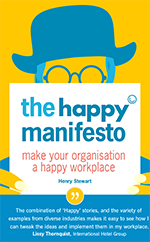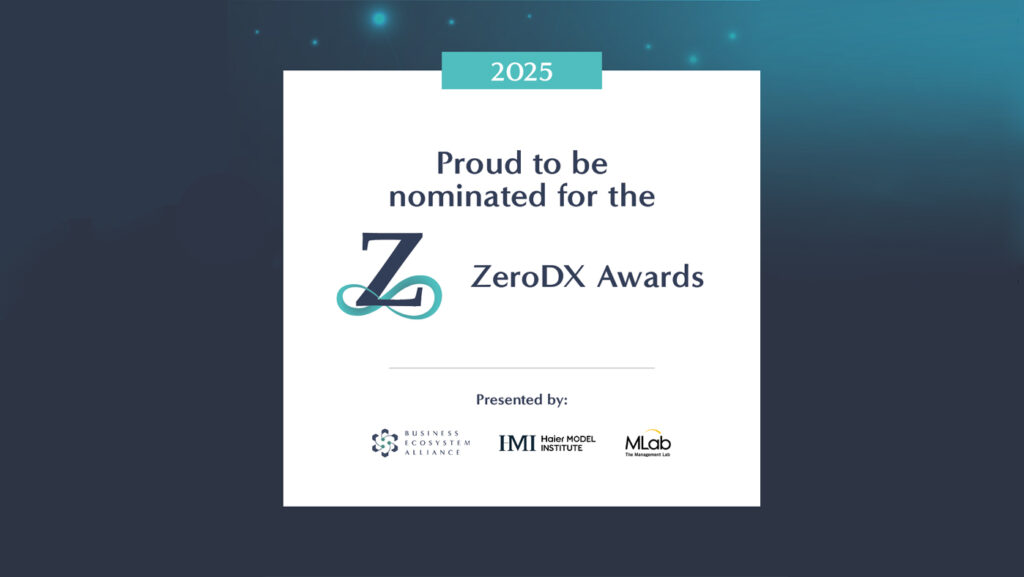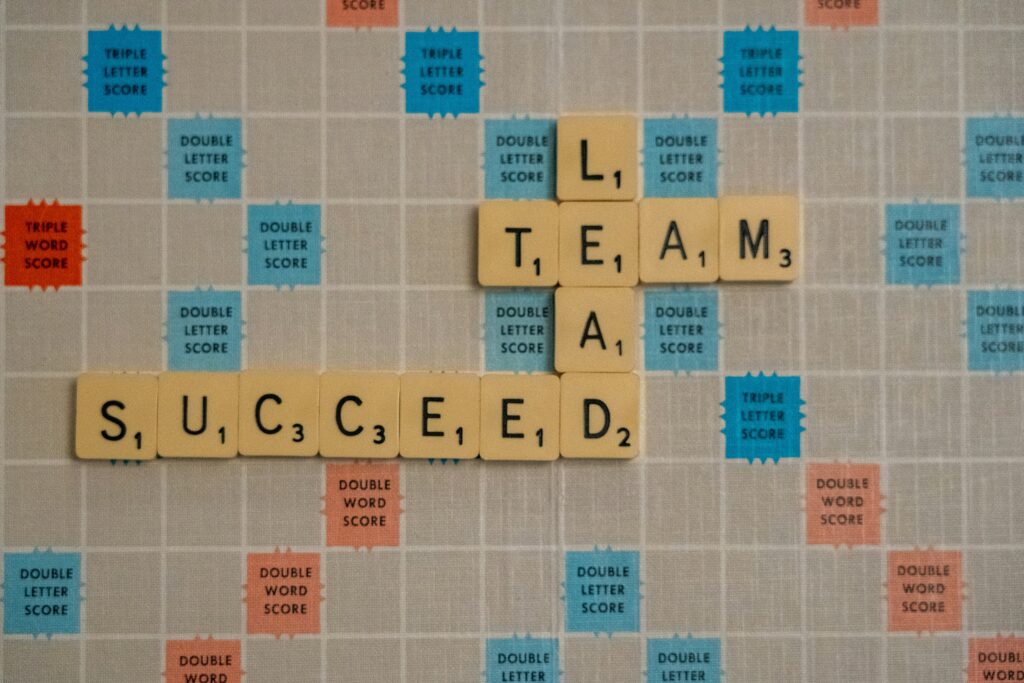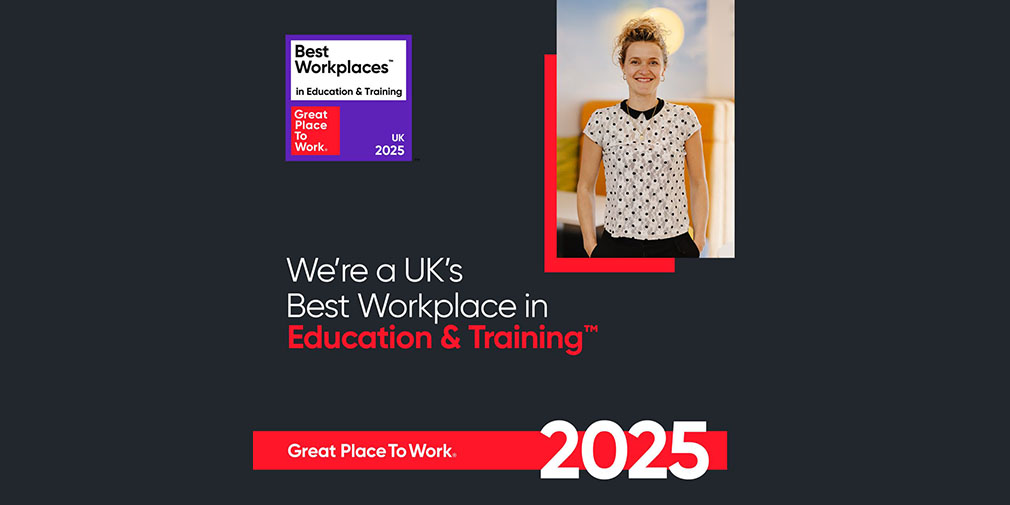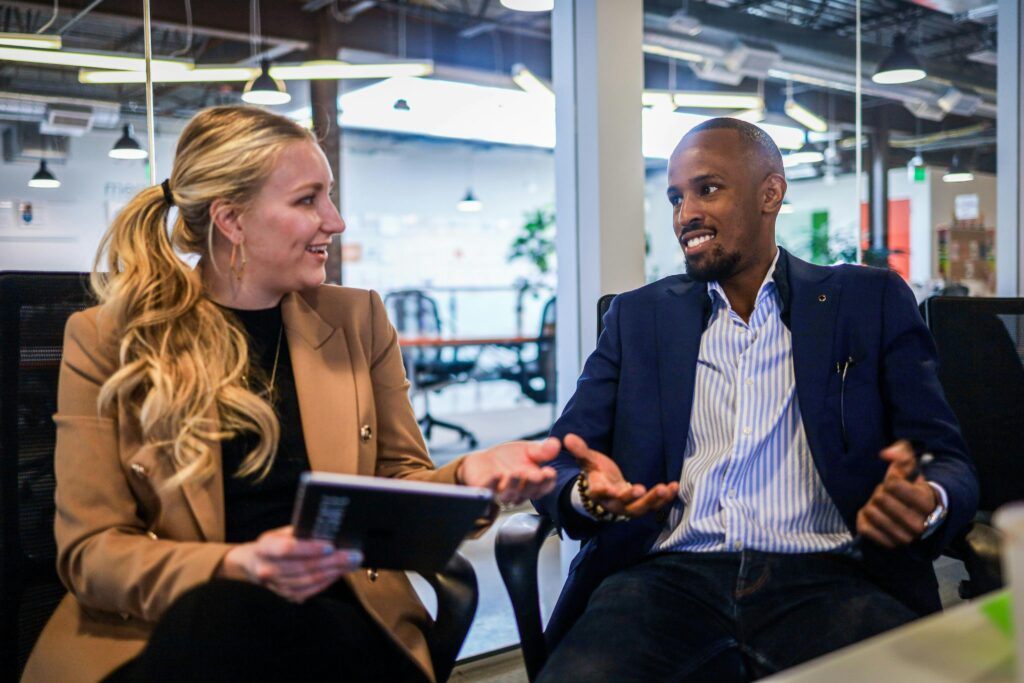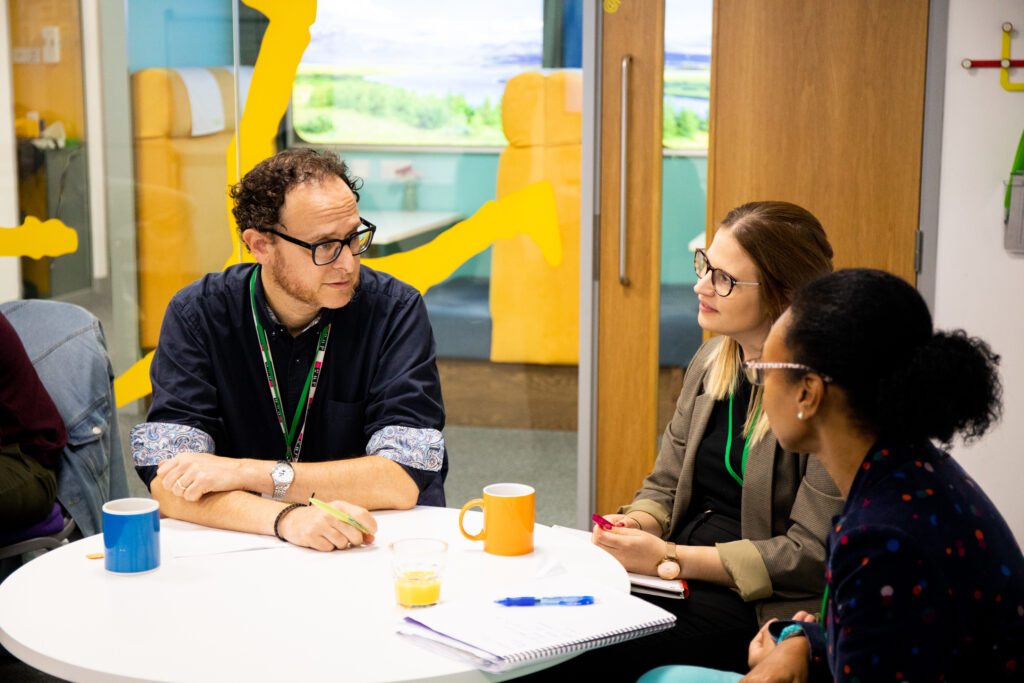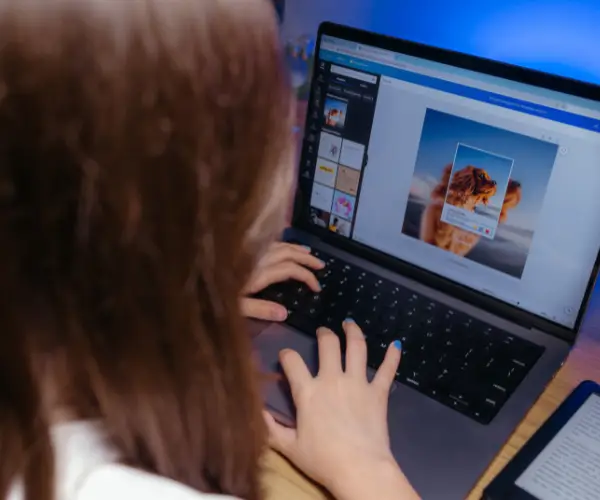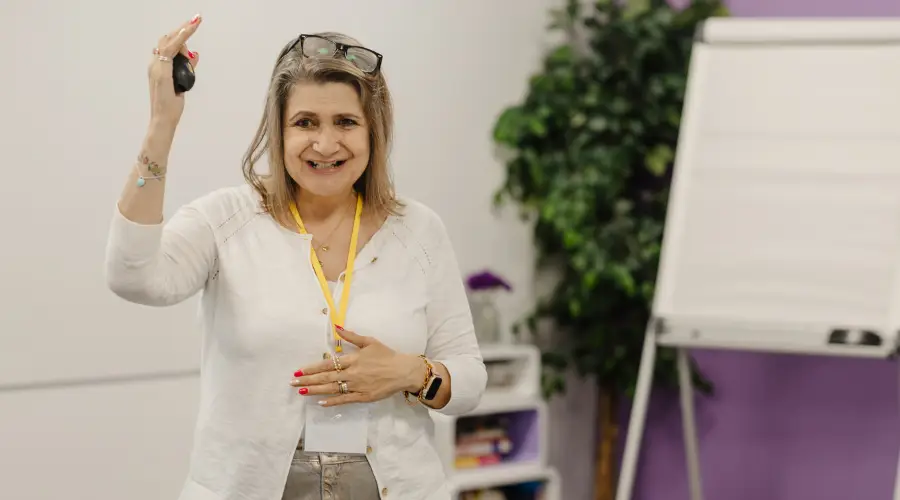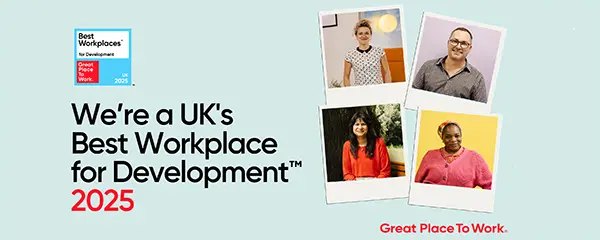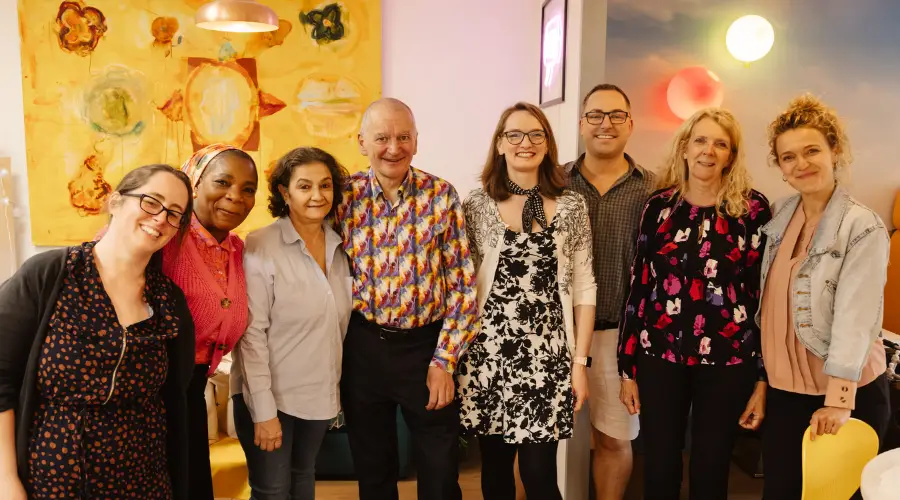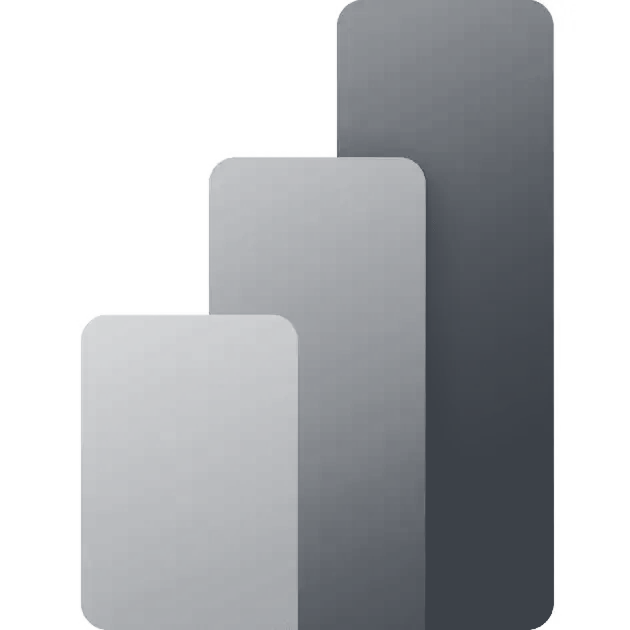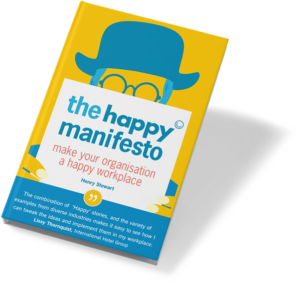I was a consultant on the programme and am excited to see the idea going out on mainstream TV. Under Collaborative Hiring everybody who will work with a person is involved in the decision on who to appoint. And it tends to mean going beyond the traditional interview, getting the candidates to work with a range of people in the organisation.
In the three companies that go through the process in the series, these are senior appointments and literally everybody in the company is involved in the debate on which is the best candidate. Each member of staff gets an equal vote.
1) Conventional hiring has a poor track record
Laszlo Bock, Head of People at Google, describes (in his book “Work Rules”) the meta analysis conducted by Frank Schmidt and John Hunter on how well assessments predict job performance. Based on 85 years of research they found that the three most common recruitment methods were poor predictors of actual job performance.
They found that years of relevant experience predicted 3% of job performance, reference checks predicted 7% and the normal unstructured interview predicted 14%. Putting them all together is gets you less than a 25% prediction. You would probably do better by tossing a coin.
2) The wisdom of the crowd
One University of Toledo study – again quoted by Bock – found that judgement is often made in the first 10 seconds of an interview, with little basis, and the rest of the time is spent justifying that decision. Other studies have found that decisions are as likely to be based on mutual interests (like Squash or Golf) than on ability to do the job.
You may not get away from instant decisions in collaborative hiring but the wider range of people are likely to balance out any personal prejudice or instant judgement. In “Who’s the Boss”, staff don’t just get to tick a name. We first got them to score each candidate on the key criteria to help ensure decisions were made on likely ability and not just likeability.
3) Everybody is committed to making it work
At Able & Cole, the organic vegetable box delivery company, we helped them introduced collaborative hiring many years ago. Every driver became involved in deciding who was recruited as their manager.
“It took away so much stress,” explained then MD Ella Heeks, who had previously made the hiring decision with the CEO. “Before I would be worried for weeks about whether the person would work out with the team. Now I know everybody is committed to making it work.”
4) The candidates get to meet people and know the company better
With collaborative hiring you get to meet the people you will work with, and get a better understanding of the company you may be joining.
Normally this increases the chances of the person wanting to work with you. But if its clear its not the right company for them, it is far better (for the candidate and the company) to find out at the interview rather than once they’ve started work.
5) Doing job related tasks
The best predictor of job performance, according to the Schmidt/Hunter study, is a “work sample test,” doing the kind of work you will do in the job. Its still only a 29% predictor so its important to combine it with other factors.
At Happy we always try to test people’s ability in the job. We get potential trainers to train a live class, we get techies to solve technical problems, we get customer service people to deal with realistic (but normally fake) customer phone calls. It gives a real sense of what they will be like in the job.
In “Who’s the Boss,” the candidates do indeed get to do the work, working with staff on production lines, selling to real customers and doing the actual tasks involved in the job. Would you rather ask them questions such as “tell us how you have worked well as part of a team” or see them in action?
6) It is worth it
In “Who’s the Boss” the candidates are on site at the company for a week, being evaluated on a range of tasks. That may seem a big commitment but if it results in hiring the right person, it is a small price to pay.
The cost of hiring the wrong person has been estimated at anywhere between 40% of the salary cost and 3-4 times the salary cost, and can be hugely disruptive.
Collaborative hiring normally involves much more than the standard one hour interview, but it doesn’t have to last a whole week. At the coffee chain Pret a Manger, after an applicant has passed the initial interview, they get to spend a day in a branch of Pret.
At the end of the day the existing team gets to vote on whether to hire them. After a day working with them in that high pressure environment, they have a good idea whether that person would be good to work with and don’t just choose somebody they like.
7) It boosts company morale
In involving everybody (or everybody who will work with this person) in the recruitment, you are giving a strong message that you really value your people and respect their expertise.
